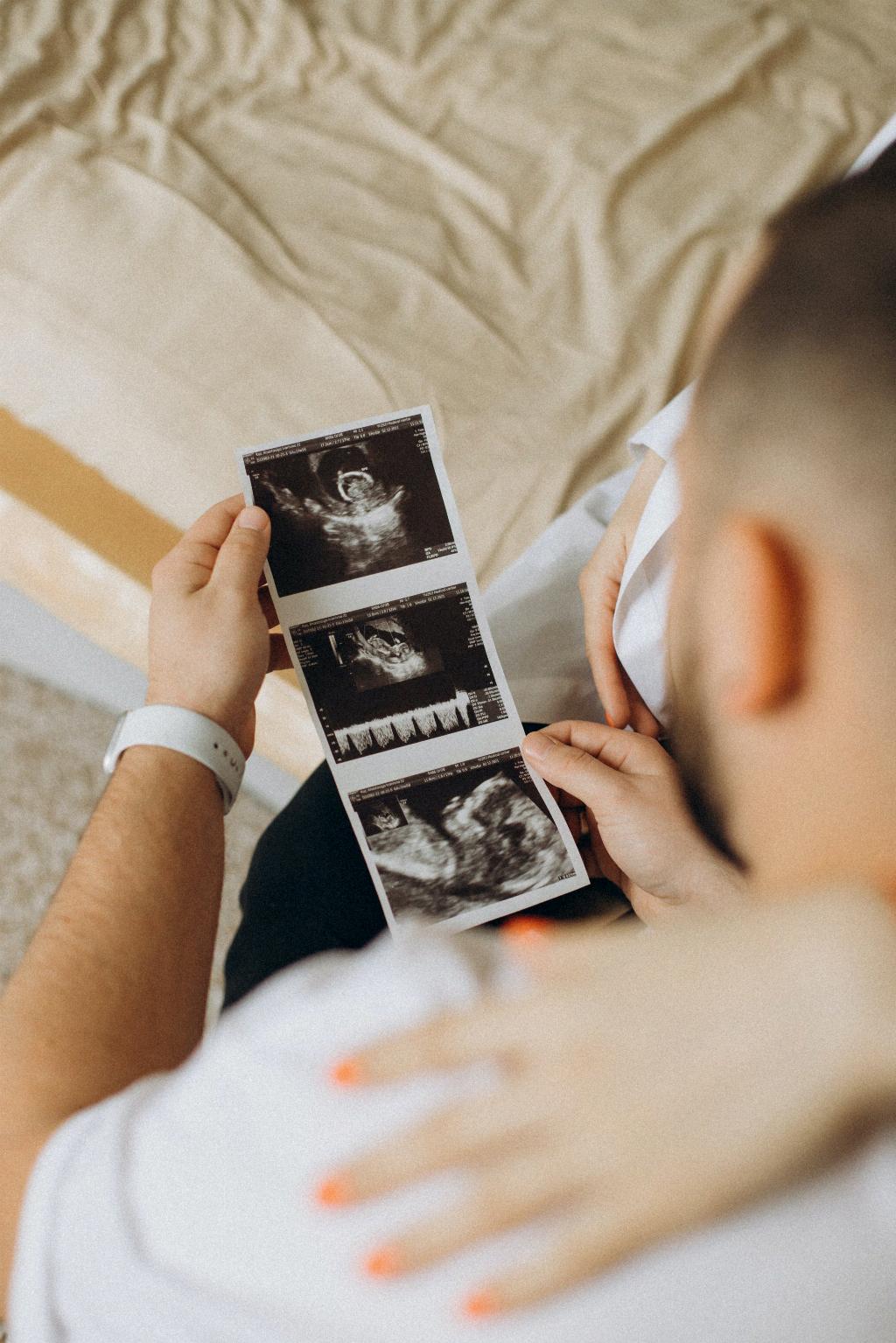When it comes to the question of how long after Pitocin will you have your baby, it’s important to consider a few key factors that can influence the timeline of your labor process. One important point to note is that labor induced with Pitocin typically progresses at a similar pace to spontaneous labor.
The Initial Response to Pitocin
After the administration of Pitocin, it usually takes around 30 to 40 minutes for the medication to start taking effect in stimulating uterine contractions. This initial period is crucial in initiating the labor process and preparing the body for the eventual birth of the baby.
Factors Affecting Labor Progression
The progression of labor after the administration of Pitocin can vary based on individual circumstances such as whether you are a first-time mom or have previously given birth. For first-time mothers who are in active labor (typically around 6 centimeters dilated), it may take an additional four to five hours before the baby is born.
Patience and Preparation During Labor
During the labor process with Pitocin, it’s important to practice patience and stay prepared for the various stages of labor. Each woman’s body responds differently to the medication, and the duration of labor can be influenced by multiple factors such as the strength and frequency of contractions.
Continuous Monitoring and Support
Throughout the labor process with Pitocin, healthcare providers will typically monitor your progress closely to ensure the well-being of both you and your baby. This continuous monitoring allows for timely interventions if any complications arise and ensures a safe delivery.
Stages of Labor with Pitocin
As labor progresses with the aid of Pitocin, it typically follows a similar pattern to spontaneous labor, starting with the initial dilation of the cervix, followed by the transition phase, and culminating in the pushing stage when the baby is finally delivered.
Managing Pain and Discomfort
During labor with Pitocin, it’s common to experience increased intensity in contractions compared to spontaneous labor. Utilizing pain management techniques such as breathing exercises, relaxation techniques, and epidurals can help alleviate discomfort and promote a more positive birthing experience.
Emotional Support and Encouragement
Emotional support from your partner, family members, and healthcare team plays a crucial role in helping you navigate the challenges of labor with Pitocin. Feeling emotionally supported and encouraged during this process can enhance your overall well-being and confidence in the birthing process.
Birth Plan and Preferences
Communicating your birth preferences and creating a detailed birth plan with your healthcare provider can help ensure that your labor experience aligns with your individual wishes and priorities. Discussing potential scenarios and interventions can empower you to make informed decisions during labor.
Celebrating the Arrival of Your Baby
After a period of labor with Pitocin, the moment when you finally meet your newborn baby is a joyous and unforgettable experience. Celebrate this special moment with your loved ones, cherish the bond you’ve created, and embrace the beginning of a new chapter in your life as a parent.
Postpartum Recovery and Care
Following the birth of your baby, focusing on postpartum recovery and self-care is essential for your overall well-being. Engage in practices that promote healing, prioritize rest, seek emotional support, and gradually ease back into your daily routine as you adjust to life with your newborn.
Reflection and Gratitude
Reflecting on your labor experience with Pitocin, express gratitude for the strength you demonstrated, the support you received, and the precious moments shared with your newborn. Every birth journey is unique and remarkable, and each step along the way contributes to the profound bond between you and your baby.

